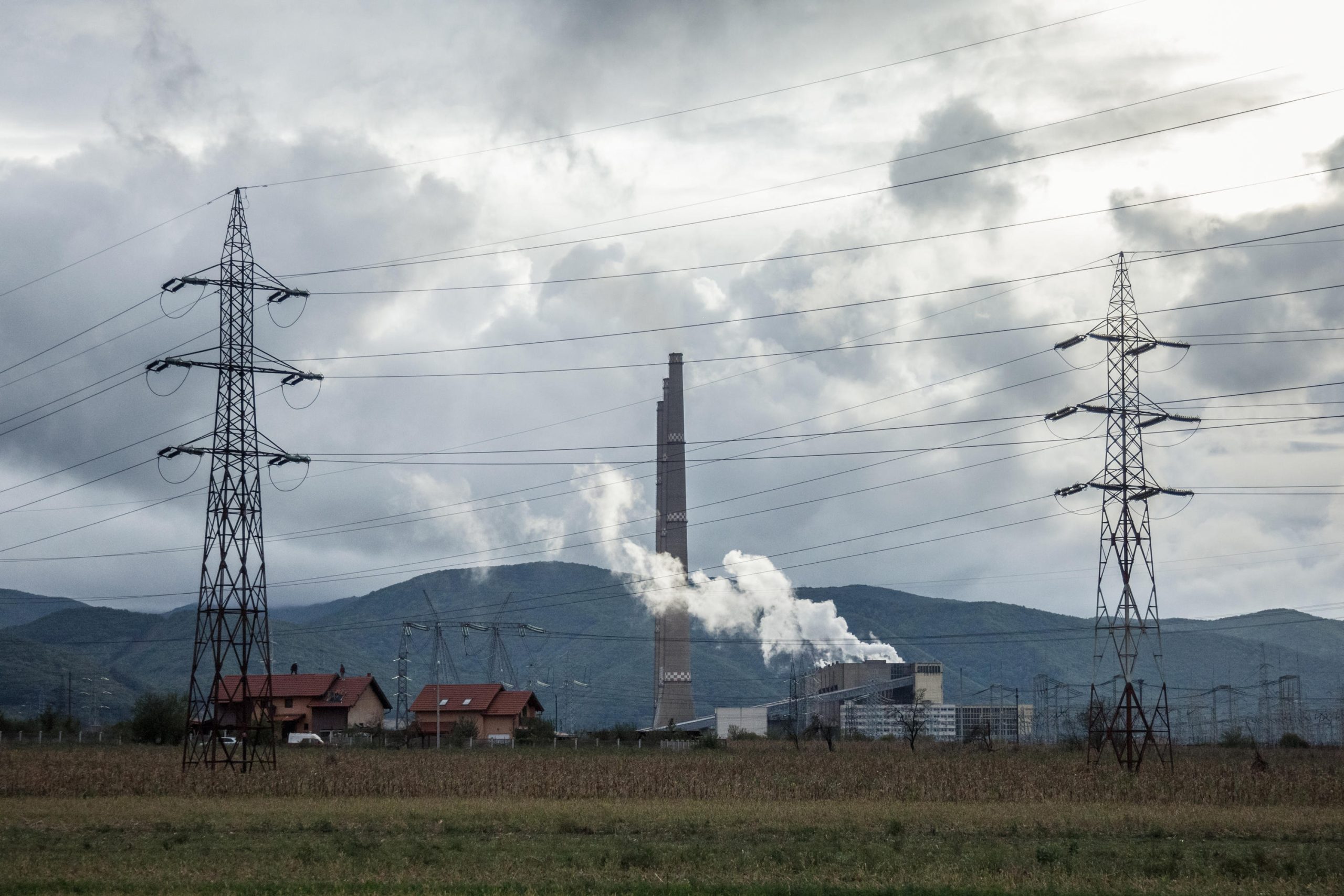
Soaring fossil gas costs responsible for EU electricity price increase
Fossil gas is to blame for soaring electricity prices around Europe, not EU climate policy
About
Ember analysis shows that fossil gas is to blame for soaring electricity prices around Europe, not EU climate policy. We provide an overview of the EU, alongside deep dives on Italy, the Netherlands and Spain.
Executive Summary
Fossil gas drives spiking European electricity prices
Various environmental, geopolitical and economic forces combined has meant that fossil gas prices have skyrocketed across Europe. This spike has pushed up EU electricity prices, as the cost of generating electricity from fossil gas tripled from January to reach €150/MWh in September. Meanwhile carbon costs only saw a relatively modest increase.
The worst affected EU countries were those that rely on fossil gas for a significant amount of their electricity. This includes the Netherlands, Italy and Spain:
- Netherlands: Wholesale electricity prices more than tripled in the last year, as gas prices more than quadrupled since January
- Italy: Wholesale electricity prices almost tripled, as gas prices more than quadrupled since January
- Spain: Wholesale electricity prices quadrupled, as fossil gas prices spiked by over 340% since January.
Electricity prices soar in Europe
Fossil gas costs, not EU climate policy, is behind the electricity price increase in Europe
Fossil gas has provided 19% of electricity in the EU during 2021 so far. The Dutch TTF day-ahead gas price – recognised as an EU-wide benchmark – more than quadrupled from €19/MWh (1 January) to €82/MWh (30 September). And while the price of carbon allowances also rose over the same period from €33/tonne to €62/tonne, its contribution to the increased cost of electricity generation is minimal when compared to the fossil gas price.
As a result of the price surges, the cost of generating electricity from fossil gas has tripled to €150/MWh (September 2021) from €53/MWh (January 2021). Rising carbon costs only account for €12/MWh (12%) of this €97/MWh increase.*
*Fossil gas and CO2 cost calculations based on a carbon intensity factor of 0.37 tCO2eq / MWh electricity and a fossil gas plant efficiency rate of 55% (Lower Heating Rate). They do not include operating and maintenance costs.
The soaring gas prices are due to a combination of factors: a cold northern hemisphere winter has depleted fossil gas storage levels; increased demand and prices in Asia and Latin America have resulted in liquefied natural gas (LNG) shipments being delivered there rather than to Europe; global demand has risen as Covid-19 restrictions have been lifted; fossil gas imports from Russia have not stepped up to meet the increase in European demand. All of these issues highlight the risks associated with continued dependence on volatile imported fossil gas that is highly susceptible to geopolitics and global events.
Volatile fossil fuels
Imported hard coal and fossil gas have quadrupled in price since the start of the year. In comparison, the CO2 price has doubled and has not experienced the same magnitude of spikes.
Which countries have been most affected?
EU countries that rely on fossil gas were the hardest hit
The EU countries that rely on fossil gas for much of their electricity have been significantly impacted. In 2020, the member states with the highest share of gas-fired electricity (and with generation above 10 TWh) were the Netherlands (60%, 74 TWh) Ireland (52%, 16 TWh), Italy (46%, 126 TWh), Greece (37%, 18 TWh), Portugal (33%, 17 TWh), Belgium (30%, 26 TWh) and Spain (26%, 69 TWh).
We have produced deep-dives on the three largest electricity producers from the above list. Download the PDF briefings on the Netherlands, Italy, and Spain for the full breakdown.
Netherlands
Dutch wholesale electricity prices have more than tripled in the last year, and the majority of this increase can be attributed to soaring gas prices, which have more than quadrupled since January.
Italy
Italian wholesale electricity prices have almost tripled in the last year, and the majority of this increase can be attributed to soaring gas prices, which have more than quadrupled since January.
Spain
Spanish wholesale electricity prices have quadrupled in the last twelve months, with most of the increase caused by soaring fossil gas prices, which have skyrocketed by over 340% since January.
Conclusion
The way out of gas price volatility
The way to avoid the volatility of fossil gas is to accelerate the transition to clean electricity, in particular wind and solar, so that the power price is set by gas for fewer hours. Wind and solar are not exposed to variable fuel prices and the cost of generating electricity from these sources has collapsed in recent years.
The European Commission’s toolbox for tackling the rising energy prices supports our analysis. It estimates that the effect of the fossil gas price increase on the electricity prices is nine times larger than the impact of the carbon price rise and concludes that the EU needs to boost its energy independence through investment in renewables, energy efficiency and energy storage.
These fuel price shocks send out a stark warning to those countries – like Poland – that actually intend to increase their reliance on imported fossil gas over the next decade rather than invest in domestic renewable alternatives.
Supporting materials
Acknowledgements
Header Image
Jerome Cid / Alamy Stock Images
Related Content




